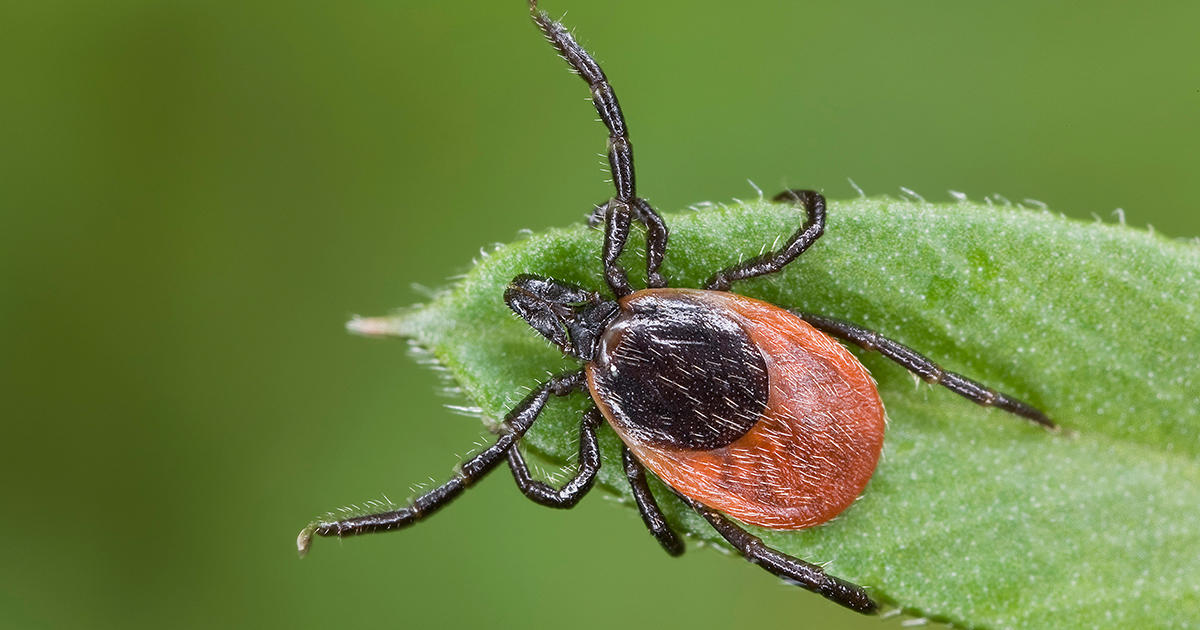Causes And Risk Factors For Lyme Disease
Most Common Ticks Responsible

The most common ticks responsible for transmitting Lyme disease depend on what region of the country an individual is in. For the west coast, it's the Ixodes pacificus, which is more commonly known as the western black-legged tick. In Midwestern states and on the east coast, the most common culprit is Ixodes scapularis, also known as the deer tick. Finally, in southern states, Amblyomma americanum, commonly called the lone star tick, has also been known to spread Lyme disease. Among all three species of tick, young ticks (also known as nymphal ticks) are the most likely to transmit the disease. This is because they are much smaller than adult ticks and are therefore harder to notice and remove.
Continue reading to learn about the next risk factor for Lyme disease.